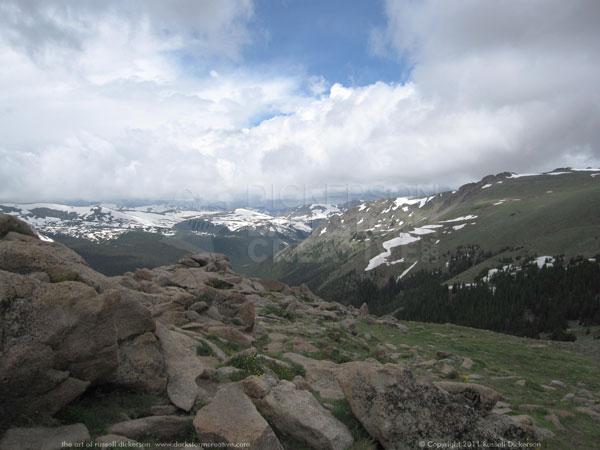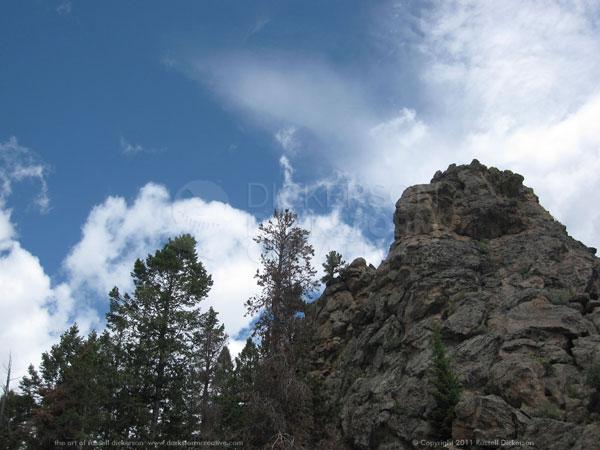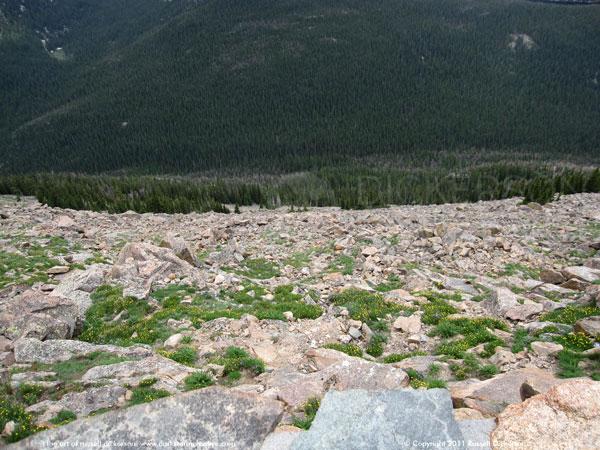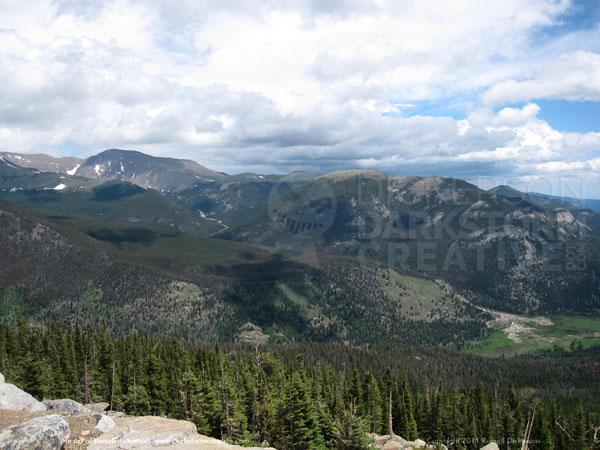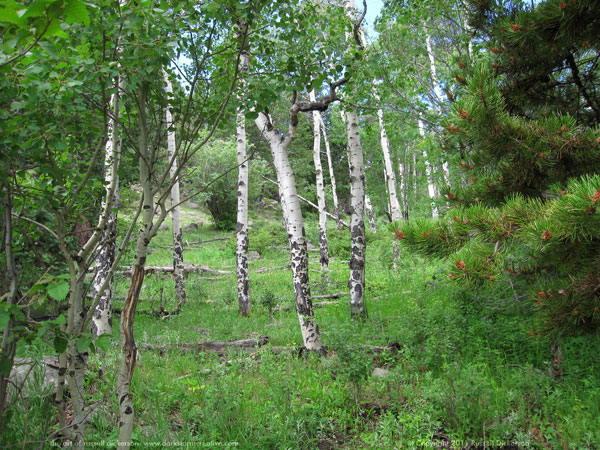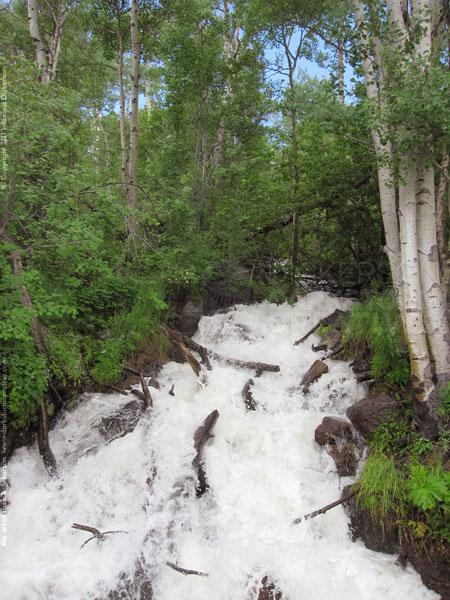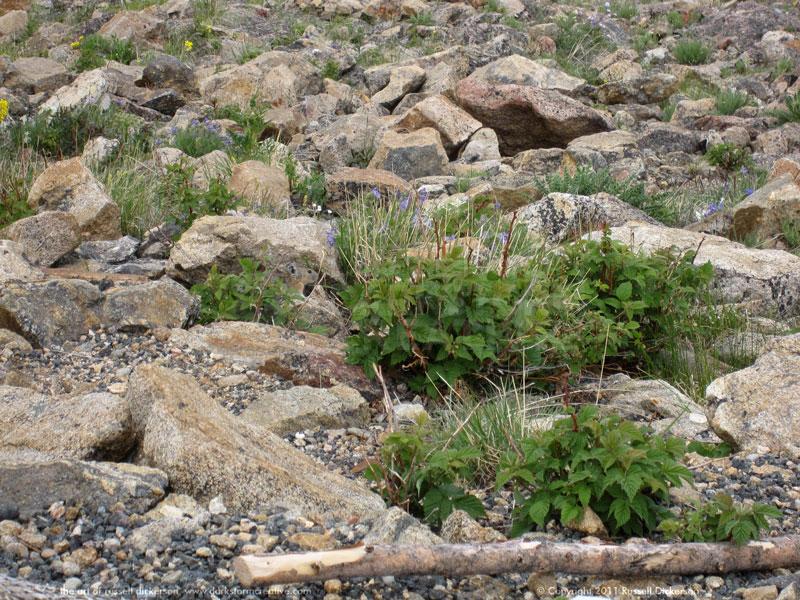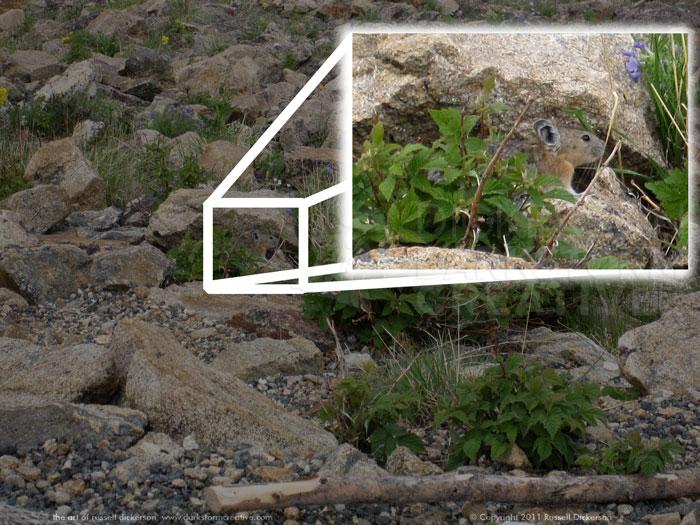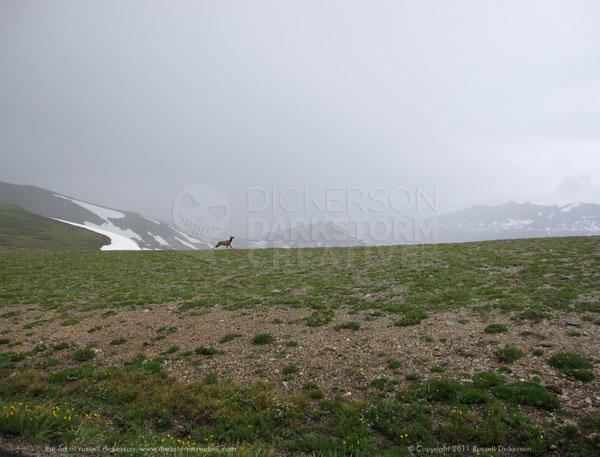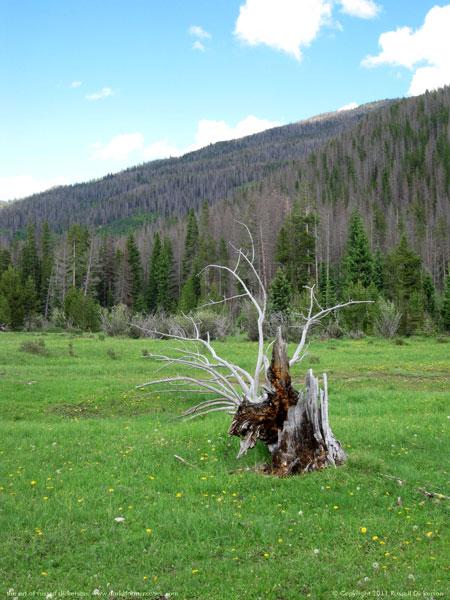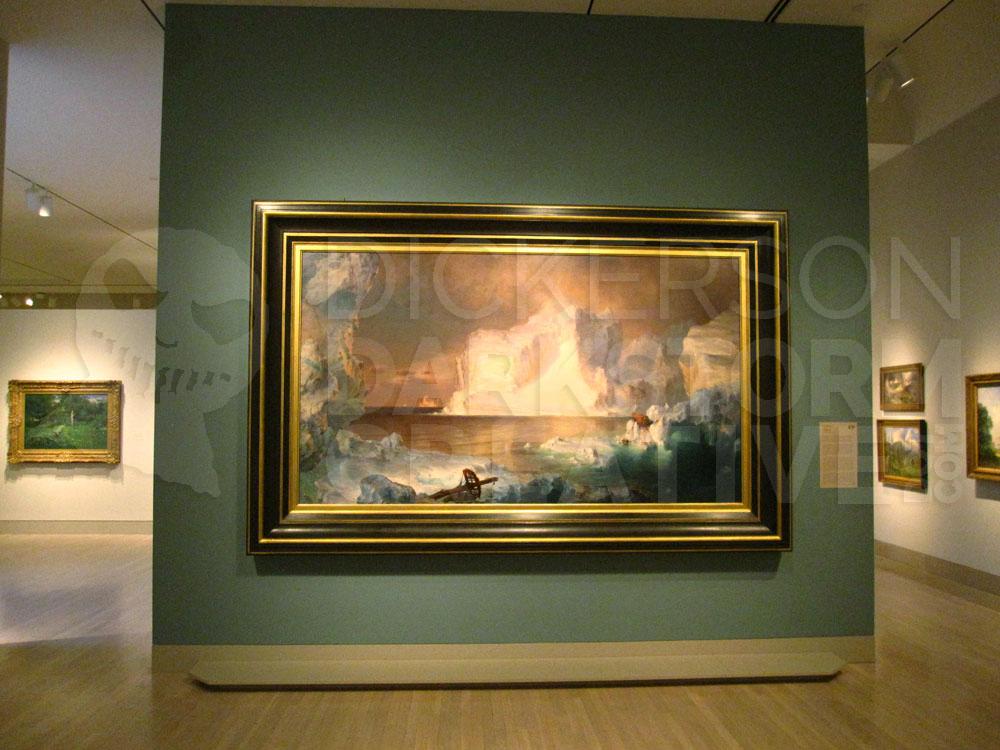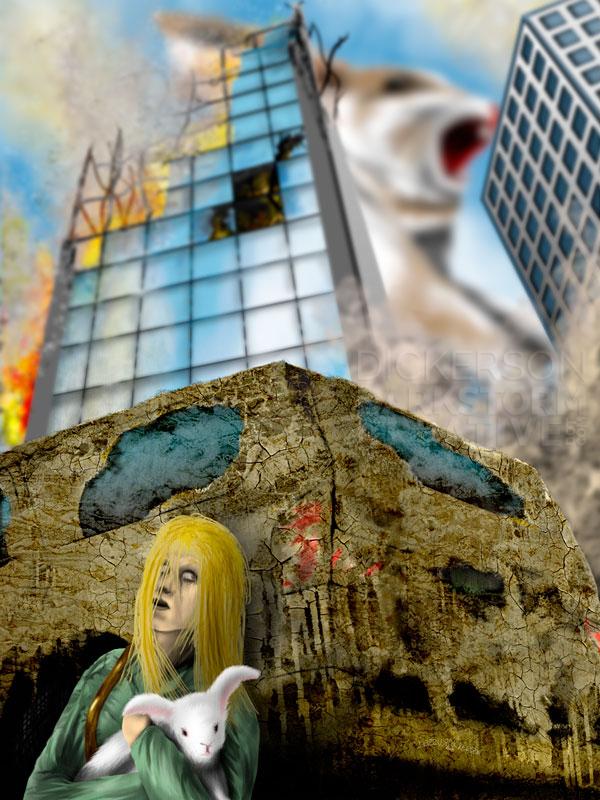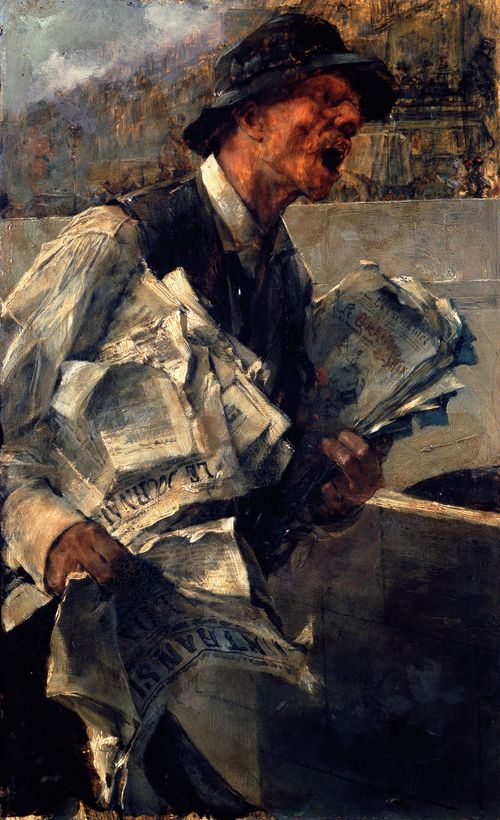I think it’s very important as an artist to get inspiration from all different kinds of things. Especially nature, which offers so many unique and interesting features that, as an artist, I can’t help but be inspired.
Sometimes it’s worth it to just take a drive, and see what’s around you. That might be cityscapes, or the ocean, or really just about anything that you can find near you. In my case, I’m very lucky to live in Colorado, which offers all kinds of different areas to check out.
Case in point, this weekend we visited Rocky Mountain National Park. Despite living here in Colorado for seventeen years (and Wyoming for seventeen before that), I’d never been to the park, and this weekend was a great time to go.
In such a beautiful environment, I couldn’t help but be inspired. In the mountains, there are so many things you just can’t see at home. Not just see really, but feel. That’s where the difference between seeing something in a photo or on video and seeing it in real life changes everything.
You get so many other feelings when you are standing there, that when you go back to the canvas later on you can put those feelings into your work. Getting the anatomy, or the science, or the natural idea correct is important of course. You can with practice (and talent) paint what something is supposed to look like. But having been there, standing in front of it, you’re able to infuse what it’s like to be there.
Here are some of the things that inspired me, or at the very least started the cogs turning. For starters, just a view from on high of the park:
It’s a beautiful place, that’s for certain.
For the artist, you can get a sense of things that are high, of course:
Also, what it’s like to look a long ways down (and highly complex to try and recreate):
Being so much higher than the surrounding countryside, you get to also see something you don’t see from below: how the shadows of the clouds race across the ground. When you’re painting landscapes, especially with clouds, it’s easy to forget that they are between the ground and the sun. Cloud shadows introduce some very interesting and unique shapes as they interact with the ground:
The forest of course gives you a high density to work with, including trees and shrubs so close together you can’t see the other side. But you can see small breaks in the density, creating a nice frame for a more simple area. Where there are so many trees, the scene is set by a lack of them.
Sometimes that break is more abrupt, caused by nature carving a new path. But even where a waterfall breaks through, there’s still a sense that everything is connected, something I need to remember when I create my own environments. The falls certainly break through the scene, yet they also are still surrounded by it, a part of the whole.
For those artists (including myself) that often deal with subtlety, the forest is a great teacher. There are so many things alive in the forest, and it’s such a complex place, that the eye often skips over something right in front of it.
Take this photo for example:
It’s easy to miss something right in front of you:
Sometimes though, in a place so high, you run out of the complexity, and into the simple landscape. Where just one simple thing, in a simple environment, makes a great scene:
Sometimes you get to see something that’s both complex and simple, something to fire the imagination. Like this tree stump below:
Aside from the visual of a complex item in a simple landscape, the stump itself fires the imagination. I see an angry elk charging out, its many antlers spreading out in a rage. I see a castle, the lightning crackling behind it as it sits on a lone prairie.
So go out and find a new environment to get inspired by. It doesn’t have to be a big park or a bunch of mountains, just somewhere that inspires you. Somewhere that, when you come back to your canvas, you can create new worlds of your own.
